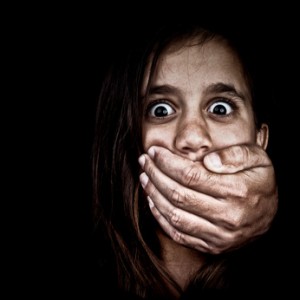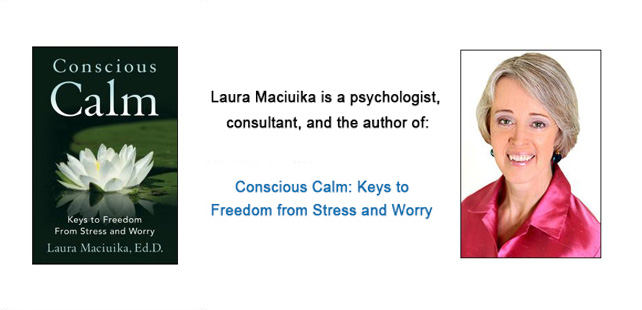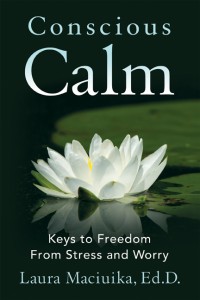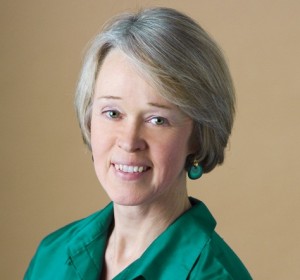 Understanding the effects of childhood stress and trauma took a huge jump around fifteen years ago. 1997 marked the completion of one of the largest studies of childhood stress ever done. The ACE (Adverse Childhood Experiences) study examined the reports from over 17,000 adults about stressful or traumatic childhood experiences, and looked at connections between childhood stress and later health and well-being.
Understanding the effects of childhood stress and trauma took a huge jump around fifteen years ago. 1997 marked the completion of one of the largest studies of childhood stress ever done. The ACE (Adverse Childhood Experiences) study examined the reports from over 17,000 adults about stressful or traumatic childhood experiences, and looked at connections between childhood stress and later health and well-being.
The results were striking. Adverse Childhood Experiences were quite common:
A full two-thirds of respondents reported at least one adverse childhood experience, such as witnessing violence among parents, or experiencing physical, emotional or sexual abuse themselves. A full one in every five reported three or more such incidents in their childhoods. From what we know of reporting, the actual numbers are likely to be even higher.
The findings also showed how these stressful and traumatic events from childhood played out in adulthood. The pattern was clear: the higher the number of highly stressful and traumatic events in childhood, the worse the adults’ health and well-being in adulthood, and the higher the incidences of problematic health effects and behaviors, such as alcohol or drug abuse, obesity, depression, or early smoking, drinking or sexual activity.
The effects on the brain of early stress and trauma showed patterns too. The greater the number of Adverse Childhood Experiences, the greater the changes in the neuro-biology. Put simply, chronic traumatic stress in childhood does actually change the brain. And the more chronic and intense the stress, the more the neurology and biology of the body are affected. Often, the “fight, flight or freeze” response is heightened in people with higher incidence of ACE’s, and there can be a decreased capacity for controlling impulses, and more anger or depression (often thought of as anger turned inward).
As a clinical psychologist, it’s been heartening to know that this information is out there, and that additional studies were being done to build on the knowledge of how to assess, treat, and heal the effects of ACE. At the same time, it continued to concern me that the pace of spreading the word about these findings and their implications was so slow. With these data and the many studies and findings that have followed, we already could be transforming medical treatment and systems, education, psychological services, and the so-called “criminal justice” system.
For me the pace of that change has seemed too slow. Few medical training programs or public schools adequately address trauma and its effects. Especially concerning to me as a psychologist, it’s far from universal for psychology or counseling training programs to include comprehensive training in trauma and its effects and treatment. Our educational systems continue to medicate even young children who show a lack of attention or impulse problems that can result from Adverse Childhood Experiences (or from boring, rote instruction teaching to a test).
Recently, though, I’ve found it hopeful that the ACE study is gaining visibility and traction beyond professional journals and across more popular cultural channels. There is a thorough, informative series about ACE on the Huffington Post, aptly titled “The Adverse Childhood Experiences Study – The Largest Public Health Study You Never Heard Of” by Jane Ellen Stevens. And Ira Glass did an artful weaving of the ACE information into a public radio piece on This American Life called Back to School, also bringing this information to a wider audience.
In this segment, Glass explores the critical “non-cognitive” skills needed to succeed in school (and life) such as impulse control and resiliency, interviewing Paul Tough about his book How Children Succeed. He also describes the ACE Study, and talks to Dr. Nadine Burke Harris, a physician in San Francisco who created the Center for Youth Wellness, integrating the information from the ACE studies to help youth develop the needed skills to heal and thrive.
And this is critical. The traumatic experiences from childhood absolutely affect the brain, body and behavior. But given the right context and information, both children and adults can retrain the body and brain. They can learn the skills to support the brain and rest of the body in rewiring the automatic, impulsive responses based on old danger no longer present.
A great part of reducing the effects of ACE is learning how emotions work in the body, and how the body gets primed to respond in “fight, flight or freeze” given the changes in the brain and body after multiple ACE’s. For children to undo these old patterns, it’s helpful to learn how to name emotions in the body, to increase the capacity to feel emotion without overwhelm, and to give the body experiences that now is safe.
As the research on ACE continues, and the discussions in public health, psychology, education, as well as blog posts and radio land continue, there is hope that as we spread the word, more and more children and adults will have a chance to both heal and thrive, no matter what their ACE background.
Dr. Laura Maciuika is a psychologist and the author of Conscious Calm: Keys to Freedom from Stress and Worry, available through Amazon.com and other online stores, and through consciouscalm.com




